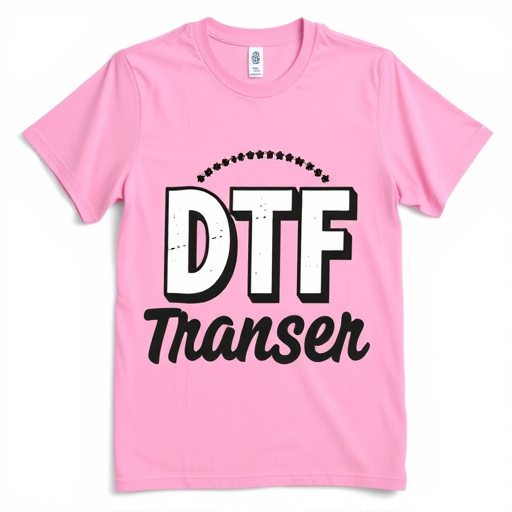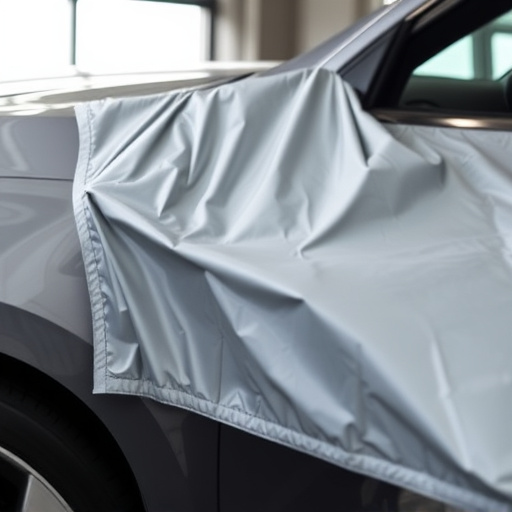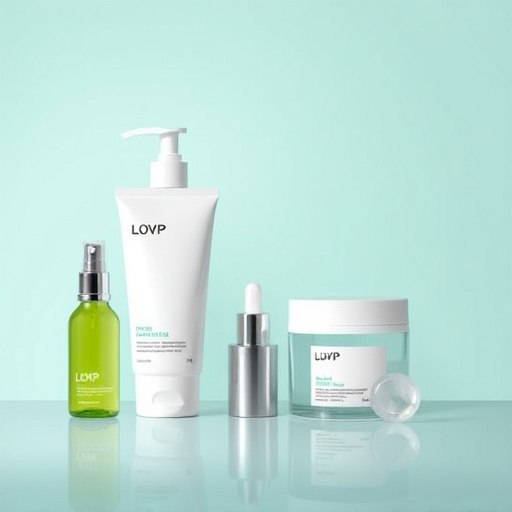Before choosing a warranty protection plan, identify your vehicle's priority needs—from audio systems to engine coverage. Compare comprehensive coverage, excluded damages, duration, claims processes, and customer support. Examine fine print for hidden costs, exclusions, deductibles, maximum payouts, and voiding conditions to make an informed decision tailored to your vehicle's long-term health.
When considering warranty protection plans, understanding your needs is paramount. Not all plans are created equal; each offers varying levels of coverage and exclusions. Before diving into comparisons, identify what matters most—be it appliance repair, replacement, or extended coverage periods. This strategic approach ensures you select a plan that aligns with your expectations. By evaluating key components and uncovering potential hidden costs, you can make an informed decision for peace of mind.
- Understand Your Needs Before Comparison
- Key Components to Evaluate in Warranty Plans
- Uncover Hidden Costs and Exclusions
Understand Your Needs Before Comparison

Before comparing different warranty protection plans, it’s crucial to understand your specific needs and requirements. Each vehicle owner has unique priorities when it comes to protecting their investment. For instance, while a car enthusiast might prioritize coverage for high-end audio systems or custom vehicle wraps, a driver who values reliability over aesthetics may focus on engine and transmission warranties. Identifying which aspects of your vehicle are most important to you will help guide your comparison process.
Consider the value you place on not just the components but also the level of service provided by each plan. Some offers might include perks like roadside assistance or loaner vehicles during repairs, whereas others may only cover the basics. Assessing these factors ensures that you choose a warranty protection plan that aligns with your needs and provides peace of mind for your vehicle’s long-term health, whether it’s adorned with exquisite high-quality finishes or simply requires routine maintenance.
Key Components to Evaluate in Warranty Plans

When comparing warranty protection plans, several key components should be at the forefront of your evaluation. First and foremost, understand the coverage provided, including what types of damages or issues are included under the plan. Some policies may offer comprehensive vehicle protection, while others might focus more on specific aspects like paint correction or UV protection for your car’s exterior.
Additionally, pay close attention to exclusions and limitations. Each warranty plan will have its own set of restrictions, so ensure you know what is not covered. For instance, certain plans might exclude damage caused by accidents, natural disasters, or neglect. Other factors to consider include the duration of the warranty, claim procedures, and customer support services offered by the provider. By thoroughly evaluating these components, you can make an informed decision that best suits your needs for vehicle protection.
Uncover Hidden Costs and Exclusions

When comparing warranty protection plans, it’s crucial to scrutinize every detail, as many providers hide unexpected costs and exclusions within seemingly straightforward policies. Beyond the initial price tag, delve into the fine print to understand what is truly covered and what might leave you stranded. For instance, some plans may only cater to major mechanical failures, while others could exclude coverage for routine maintenance or specific services like automotive detailing, paint correction, or custom graphics.
Hidden costs can also add up significantly over time. Be sure to inquire about deductibles, which are the amounts you must pay out-of-pocket before warranty benefits kick in. Additionally, check for limitations on the duration of coverage, maximum payout caps, and any conditions that could void your policy. By being aware of these potential pitfalls, you’ll be better equipped to select a warranty protection plan that aligns with your needs without any unpleasant surprises.
When comparing warranty protection plans, understanding your specific needs is key. By evaluating essential components like coverage scope, exclusions, and costs, you can make an informed decision that protects your investments effectively. Remember to scrutinize hidden fees and ensure the plan aligns with your expectations to get the most value from your warranty protection.














